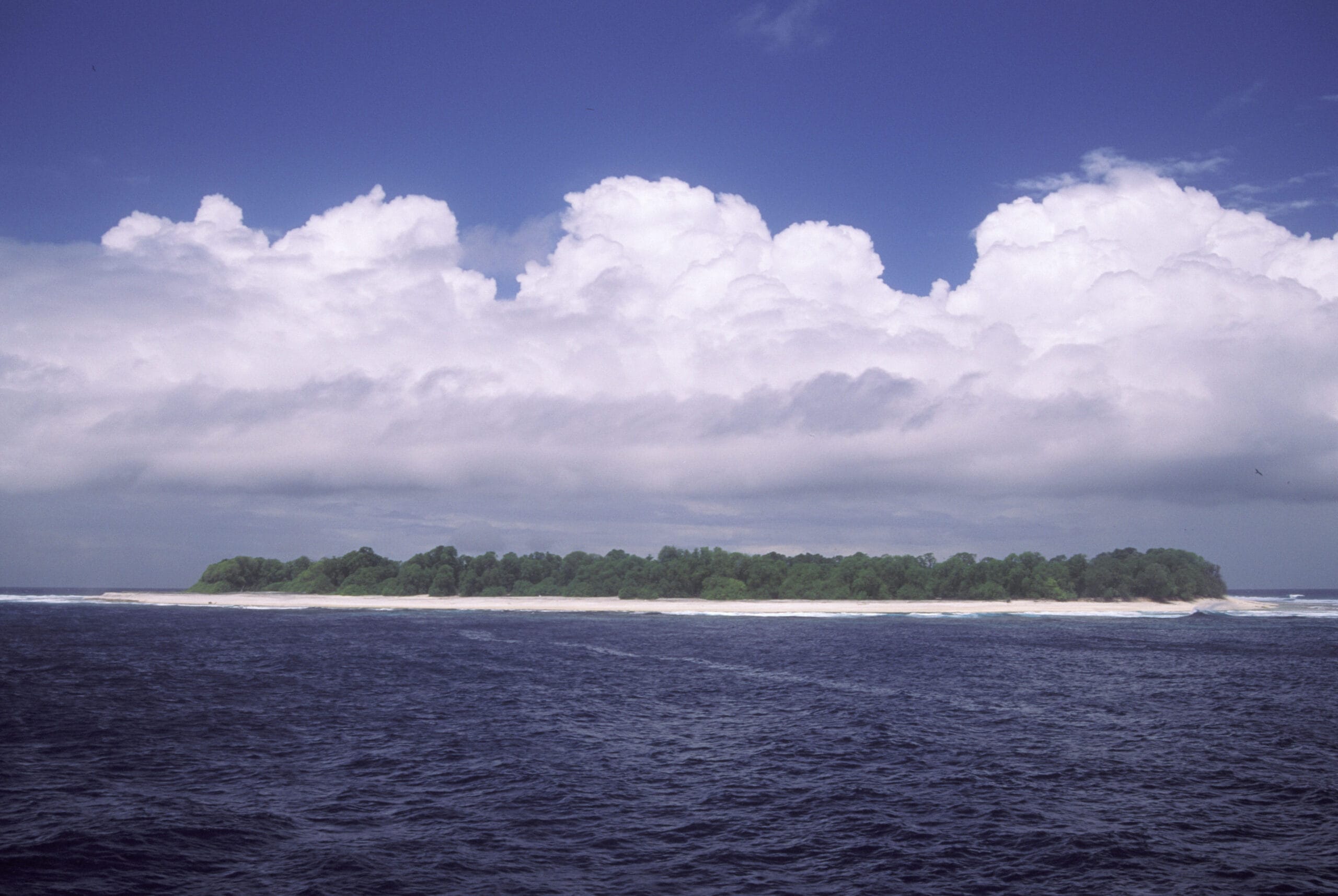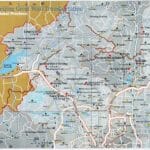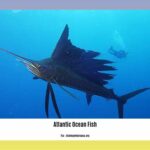A Remote Oasis in the Pacific
You know that feeling of stumbling upon a hidden gem, a place untouched and pristine? That’s the allure of Vostok Island in Kiribati. This tiny speck of land in the vast Pacific Ocean is like stepping back in time, a world where nature reigns supreme. Often called the “Black Hole” paradise due to its dark appearance on certain online maps, Vostok Island is a place of captivating beauty and intriguing isolation.
[https://www.lolaapp.com/vozrozhdeniya-island]
The Allure of Isolation
Vostok Island’s remoteness, far from human interference, has allowed its ecosystem to flourish. Imagine dense, emerald-green Pisonia forests stretching as far as the eye can see, their branches teeming with life. Seabirds, the true residents of this island, fill the air with their calls, their nests tucked away amongst the foliage. And beneath the waves, vibrant coral reefs teem with an abundance of marine life, from colorful fish to graceful sea turtles. This is Vostok Island – a living testament to the power of nature left undisturbed.
A History of Discovery and Preservation
Discovered in 1820 by Russian explorer Fabian Gottlieb von Bellingshausen (who named it after his ship, the Vostok), the island has remained largely untouched since. This pristine state makes Vostok Island not just a beautiful sight, but also a valuable resource for scientific research. Scientists believe that studying Vostok Island’s unique ecosystem could unlock secrets about climate change, coral reef resilience, and more. It’s a glimpse into how our planet might function without constant human interference, a vital piece of the puzzle in understanding our own impact on the natural world.
Ownership and Significance
Vostok Island is an uninhabited coral atoll located in the central Pacific Ocean, part of the Republic of Kiribati. Kiribati itself is a small island nation also located in the Pacific. They officially gained control of Vostok Island in 1979 after gaining independence from the United Kingdom. The island is incredibly isolated, with its nearest neighbors being Flint Island (158 km), Caroline Atoll/Millennium Island (230 km), and Penrhyn (621 km).
The Mystery of the “Black Hole”
The “black hole” appearance on some maps is actually an optical illusion. The dense Pisonia forest on Vostok Island absorbs almost all sunlight. This absorption makes it appear dark green, almost black, on certain satellite imagery, leading to online speculation about the image being censored. However, other satellite images and mapping services clearly show the island’s features. This discrepancy highlights the need for critical thinking and verifying information from multiple sources.
A Haven for Wildlife
While there are no permanent human residents on Vostok Island, it is far from lifeless. The island serves as a crucial breeding ground for various seabird species, including the red-footed booby, masked booby, and brown noddy. Green sea turtles also utilize the island’s sandy beaches for nesting.
Recognizing its ecological importance, the Kiribati government designated Vostok Island as a Wildlife Sanctuary in 1979. This designation aims to safeguard its unique ecosystem and biodiversity from human interference.
A Glimpse into an Untouched World
Vostok Island stands as a stark reminder that paradise isn’t always about bustling cities and tourist attractions. Sometimes, it’s about the quiet whispers of the wind rustling through ancient trees, the raucous calls of seabirds overhead, and the knowledge that some places are best left untouched. The “Black Hole” paradise might not be for everyone, but for those seeking a glimpse into the heart of untouched nature, it just might be the ultimate escape.
Exploring Further
To truly appreciate the allure of Vostok Island, one might consider a virtual journey through interactive maps and high-resolution imagery. These tools can provide a glimpse into the island’s dense Pisonia forests and the surrounding coral reefs.
For those interested in experiencing the charm of urban exploration, a visit to the Trastevere neighborhood in Rome, Italy, offers a different kind of escape. With its cobblestone streets, ivy-covered buildings, and lively piazzas, Trastevere provides a vibrant glimpse into authentic Roman life.














